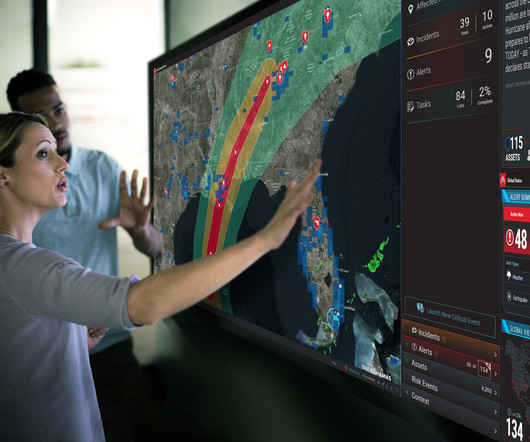New GAO Report on Earthquakes
Recovery Diva
MAY 4, 2022
The National Earthquake Hazards Reduction Program helps U.S. For example, the program educates the public on earthquake risks and helps communities update building codes and improve design and construction practices. Earthquakes: Opportunities Exist to Further Assess Risk, Build Resilience, and Communicate Research.














Let's personalize your content